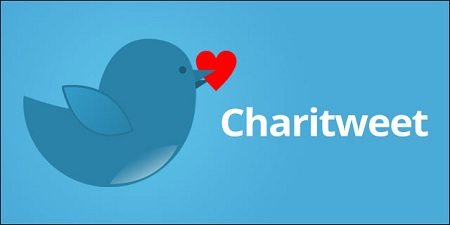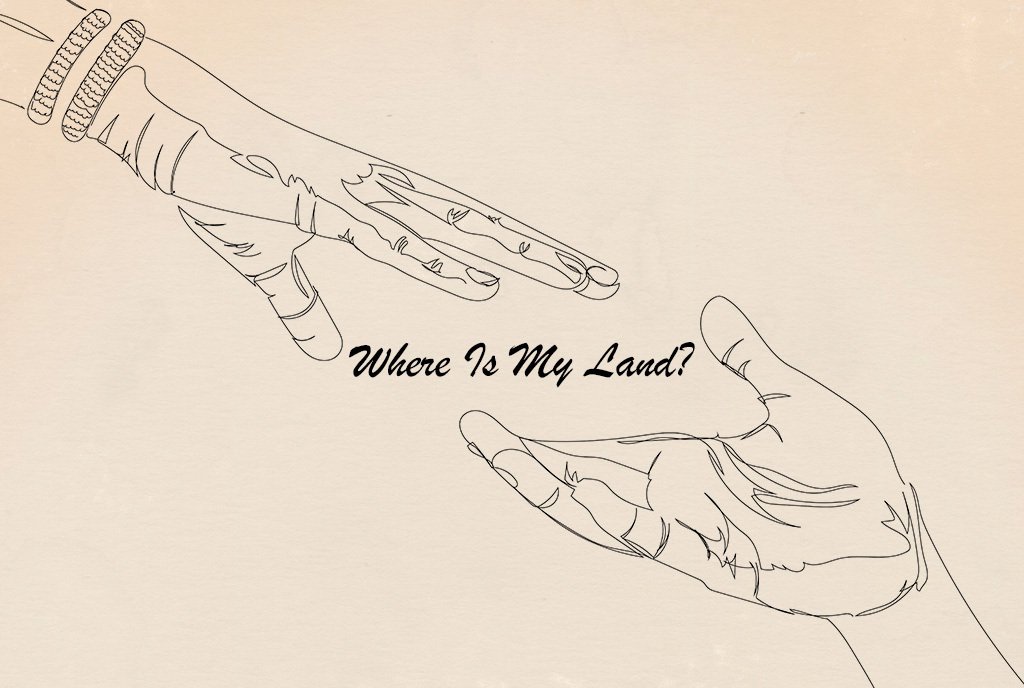
December 20, 2014;CNBC
Advances in technology have changed many aspects of everyday life, and these changes include how we view giving. With adaptations in lifestyle, nonprofits must work doubly hard to ensure that fundraising goals are met for continued service offerings. As other financial transactions are increasingly being done with mobile devices and as spur-of-the-moment online purchases, nonprofits must understand how to make this type of giving accessible to future donors. This is especially important in light of the 2013 Blackbaud report, “The Next Generation of American Giving,” which notes that donations via mobile phones were the preferred giving method of 62 percent of millennials.
Sign up for our free newsletters
Subscribe to NPQ's newsletters to have our top stories delivered directly to your inbox.
By signing up, you agree to our privacy policy and terms of use, and to receive messages from NPQ and our partners.
In addition to changes in technology, a shift in giving attitudes will continue to shape donations from millennials who view contributions to larger social movements as primary motivating factors in giving. And with this shift away from tax-deduction motivated gifts, millennials are looking for opportunities to contribute smaller individual donations to a larger cause. Social media fuels this desire to keep up with the giving of peers and also provides an avenue for millennials to connect with one another through their charitable donations.
Recognizing these giving trends, several new donation platforms have been developed as of late and could prove useful to nonprofit organizations looking to capitalize on the next generation’s donations.
- Charitweet: By taking advantage of Twitter and capitalizing on the social aspect of philanthropy, Charitweet enables donors to give through tweeting a charity’s handle and the donation amount along with Charitweet’s handle – @chrtwt. Upon the first Charitweet donation, users will be prompted with a Twitter notification to enter credit card information. The payment information is stored using a third-party payment processor to be used for future Charitweet donations. Before funds are sent to the charity requested, Charitweet vets the organization through Charity Navigator. Nonprofits must have a rating of 3 or 4 stars in order to be approved. (Those organizations not listed are evaluated by staff using an established set of guidelines.)
- Givelocity: Givelocity allows users to connect with others to pool funds for donation to a specific cause. Upon signing up, individuals choose causes that are important to them. Givelocity then connects these like-minded contributors to a fund, and then enables them to vote on where their money will be collectively donated. This combining of donor funds allows individuals with less disposable income for giving to counteract the disproportionately high transaction costs of small donations through collaboration with others. In addition to individual users, Givelocity also enables corporate entities to establish groups to which employees, clients, customers, and other members can contribute. Such use also serves as a way for employers and others to establish matching funds and combined company impact in giving.
- Promise or Pay: Through Promise or Pay, individuals are asked to use charitable giving as an incentive or a spur to achieving personal goals. Users make a promise and announce an amount to donate should that promise be broken. Other users are encouraged to pledge donation amounts should the original user’s promise be kept. Regardless of the outcome of the stated promise, the platform aims to create a charitable donation. While the platform does create a sense of social motivation (similar to that created by the Ice Bucket Challenge), the main aim of the organization is to create a financial benefit to charity from natural human instinct.
It is important to note that while Charitweet and Givelocity allow users to select virtually any qualified nonprofit, Promise or Pay has a limited number of eligible charities to which donations can be made.—Michele Bittner












